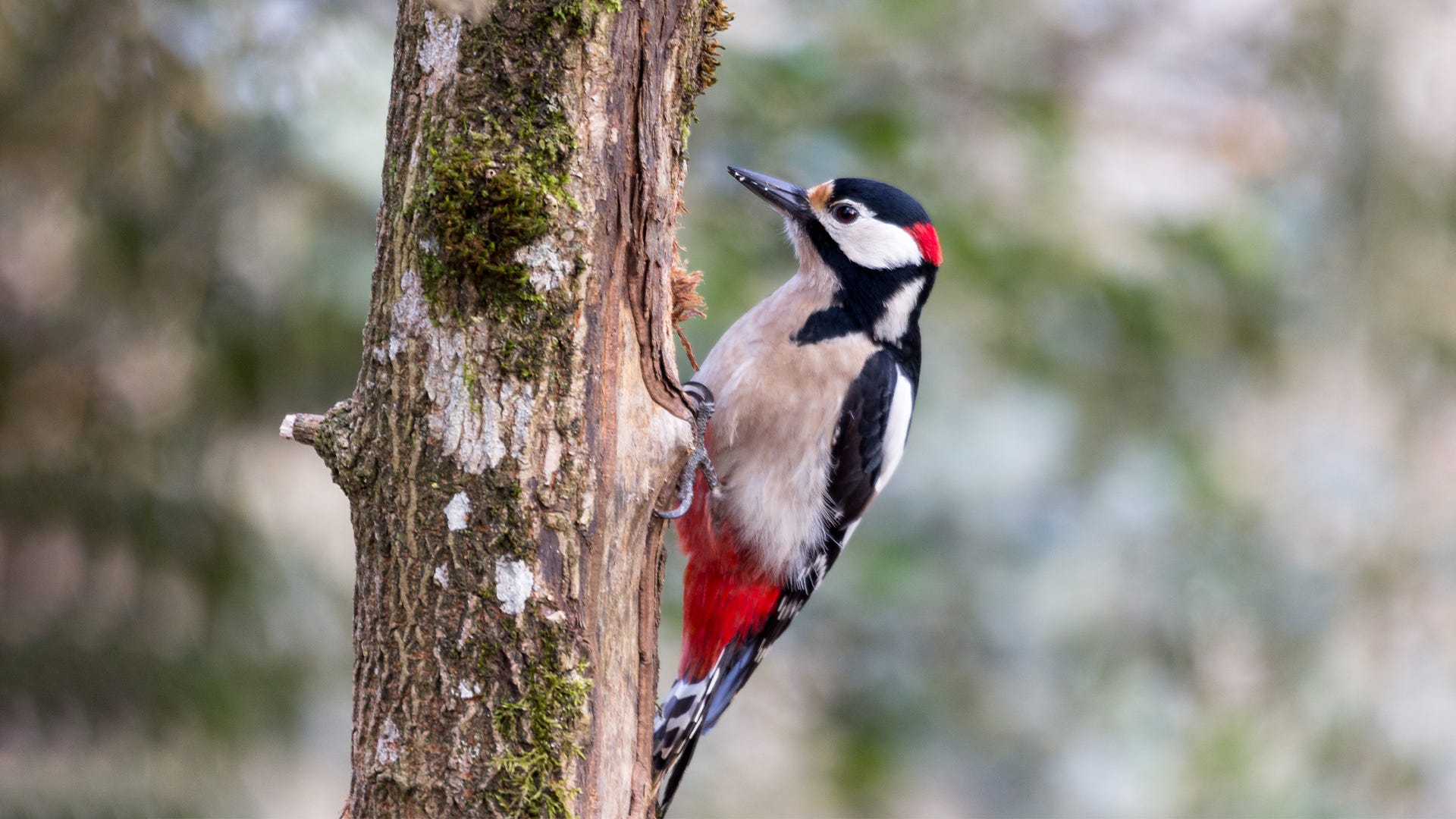Encountering Woodpeckers in Florida Variety: Habitats and Habits
Encountering Woodpeckers in Florida Variety: Habitats and Habits
Blog Article
Introducing the Secrets of Woodpeckers: Habits, Environment, and More
Woodpeckers, with their one-of-a-kind actions and specialized adjustments, have actually long fascinated researchers and nature fanatics alike. By revealing the enigmas bordering woodpeckers' habits and habitat options, a much deeper understanding of these bird marvels emerges, providing a peek into their fascinating world.
Woodpecker Behavior Insights
In checking out woodpecker habits, an interesting screen of specialized skills and adaptations emerges, shedding light on their exceptional environmental niche. Woodpeckers, known for their distinct drumming on trees, possess a range of behavior traits that contribute to their survival and success in their setting.
In addition, woodpeckers show a distinct feeding habits characterized by their ability to remove insects from tree bark using their specialized beaks. Their lengthy, barbed tongues aid in capturing target, while their strong neck muscles provide stability and accuracy during pecking activities. This feeding method allows woodpeckers to gain access to hidden insect larvae and remove them with amazing performance.
Habitat Preferences and Choice
What variables influence the habitat choices and option of woodpeckers? Woodpeckers are very adaptable birds understood to populate numerous environments worldwide. Nevertheless, they do show preferences for sure habitat features. One essential aspect affecting woodpecker environment selection is the availability of suitable nesting sites. Woodpeckers normally prefer forests with a mix of mature trees that offer enough possibilities for cavity excavation. These cavities serve as vital nesting and roosting websites for woodpeckers and are crucial for their reproducing success.
Furthermore, woodpeckers reveal a preference for habitats with a plentiful supply of food resources. They are largely insectivorous, eating beetles, ants, larvae, and various other pests located in decaying wood or tree bark. As a result, woodpeckers have a tendency to prefer woody locations with a varied insect populace to meet their dietary requirements.
In addition, the existence of dead or rotting trees is another key variable in woodpecker environment choice. These trees not only provide food resources yet likewise use suitable substratum for cavity excavation. Dead trees are essential for the upkeep of healthy and balanced woodpecker populations, as they play an important duty in the woodpeckers' life process and community dynamics.
Feeding Habits and Diet Regimen Make-up
Woodpeckers show a specialized feeding habits concentrated on foraging for insects within numerous habitats. Their diet regimen mostly includes pests such as beetles, ants, caterpillars, and crawlers, which they locate by touching on tree bark and paying attention for the noise of activity inside. Woodpeckers use their solid beaks to pierce into the timber and their long, barbed tongues to remove victim from crevices. Along with pests, woodpeckers likewise take in tree sap, fruits, nuts, and seeds, adding selection to their diet plan depending on the season and schedule link of food resources.
The foraging strategies of woodpeckers are well-adapted to their arboreal way of living. Woodpeckers play an important duty in keeping the health of woodlands by managing insect populaces and aiding in the decomposition of timber.
Drumming Sounds and Interaction
Making use of fast drumming audios on different surfaces, woodpeckers employ a distinct type of communication to signal region limits and attract friends. This drumming habits is not only a way of communication but additionally functions as a way for woodpeckers to develop their existence within a particular location. The intensity, rate, and pattern of the drumming can communicate essential details to other woodpeckers around.
Woodpeckers make use of discover here drumming noises to announce their visibility in an area and to warn off prospective intruders. The loud and recurring nature of the drumming acts as a clear signal to various other woodpeckers that the area is currently claimed. This aids in minimizing disputes and decreasing physical conflicts in between individuals.

Survival Adaptations and Specialized Makeup

Verdict
In verdict, woodpeckers display distinct behaviors, such as drumming sounds for interaction, and have actually specialized composition for survival in their chosen environments. Their feeding routines and diet plan composition better show their versatility to various settings. By comprehending these aspects of woodpeckers, researchers and conservationists can much better safeguard and preserve these remarkable birds and their ecological communities.
Report this page